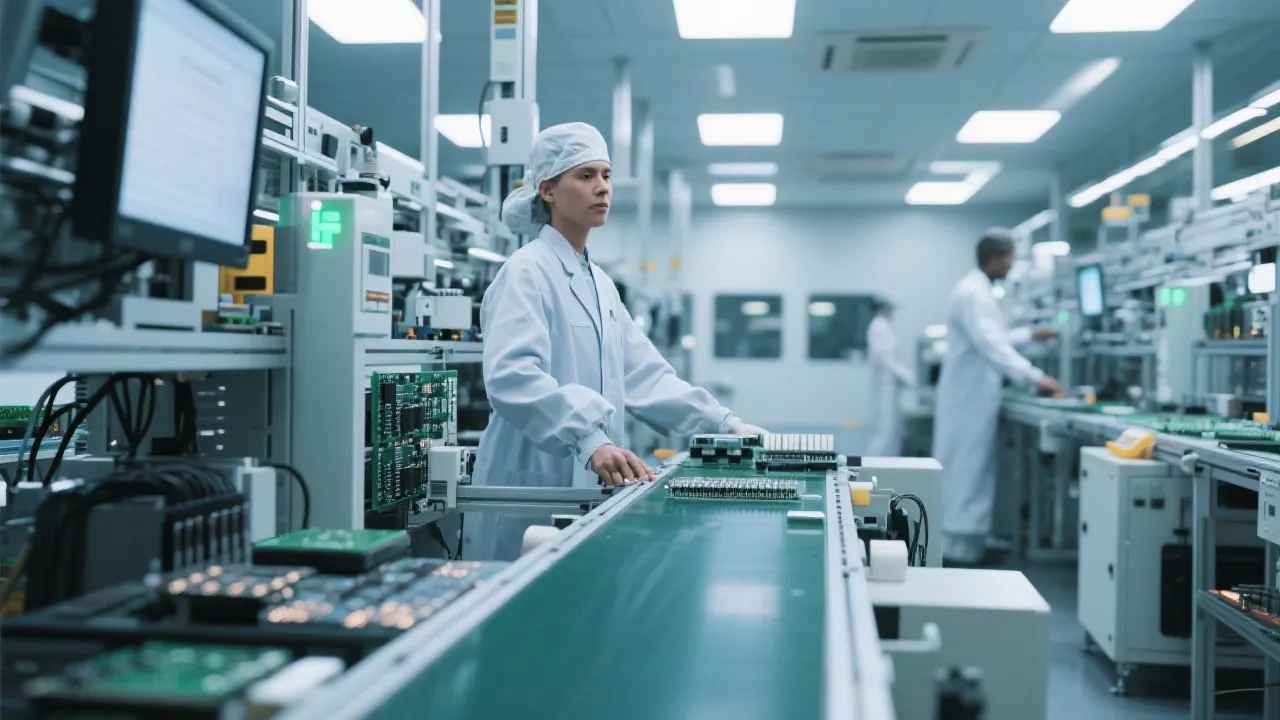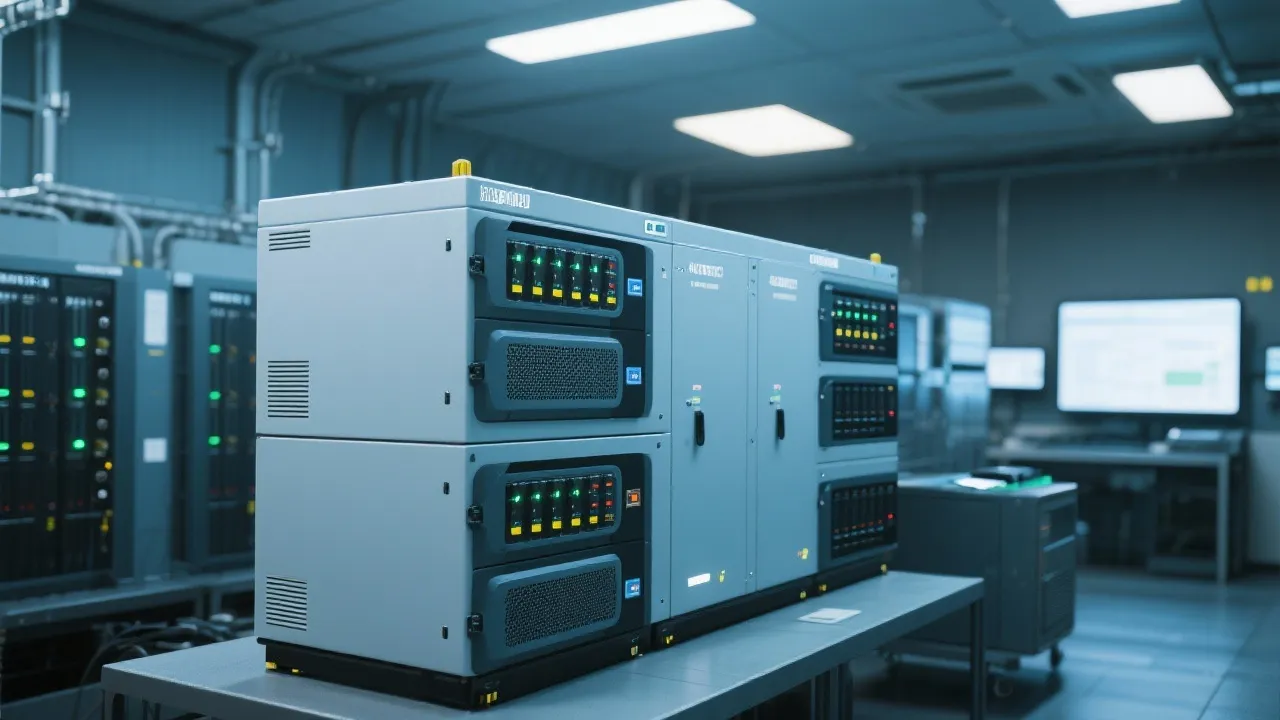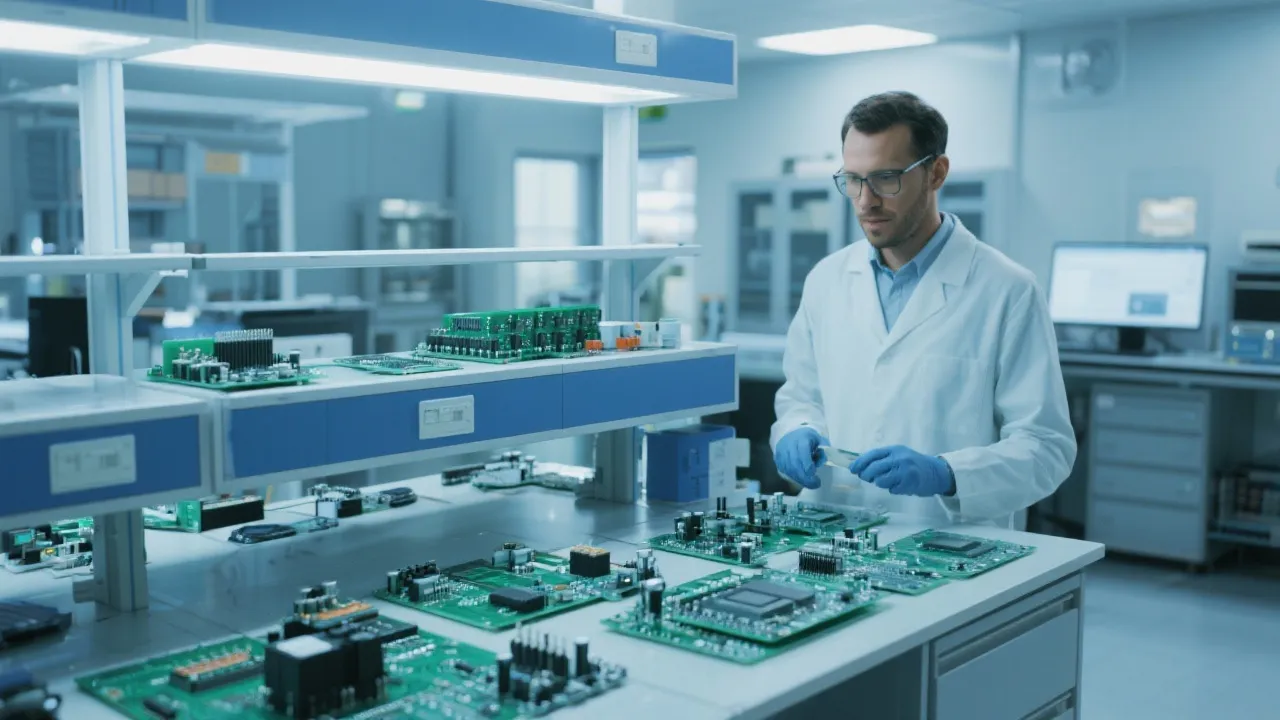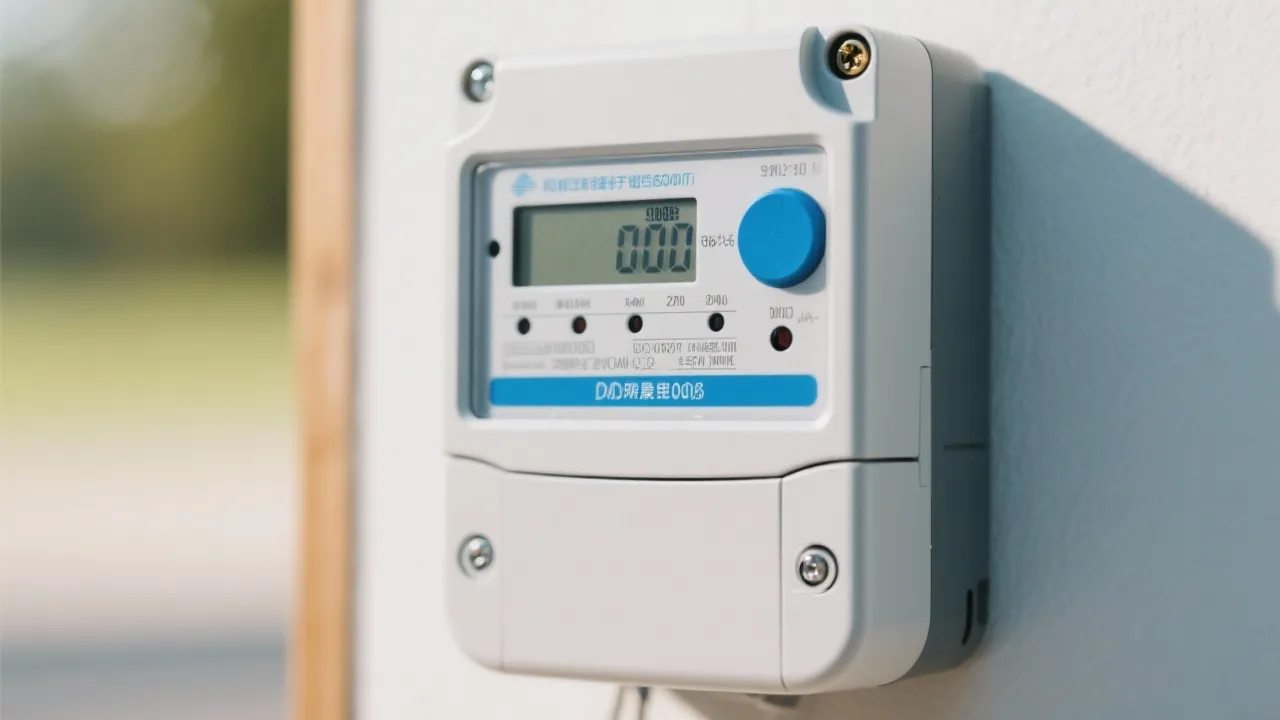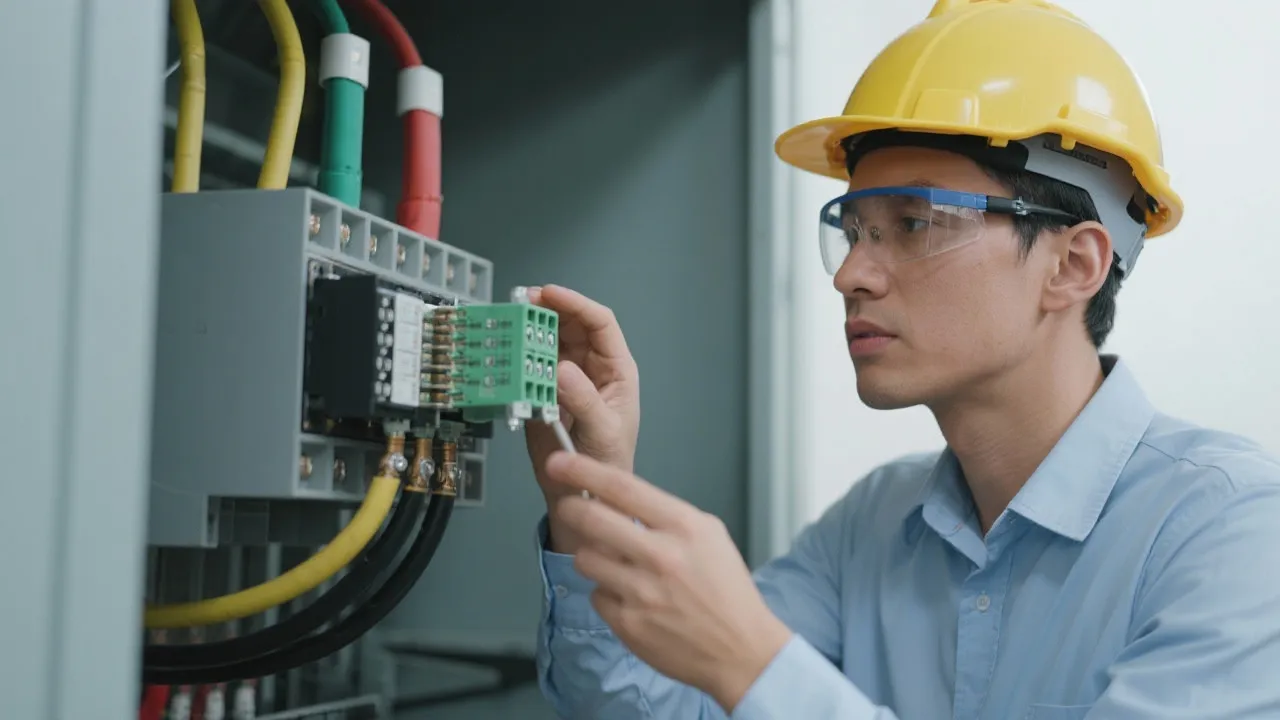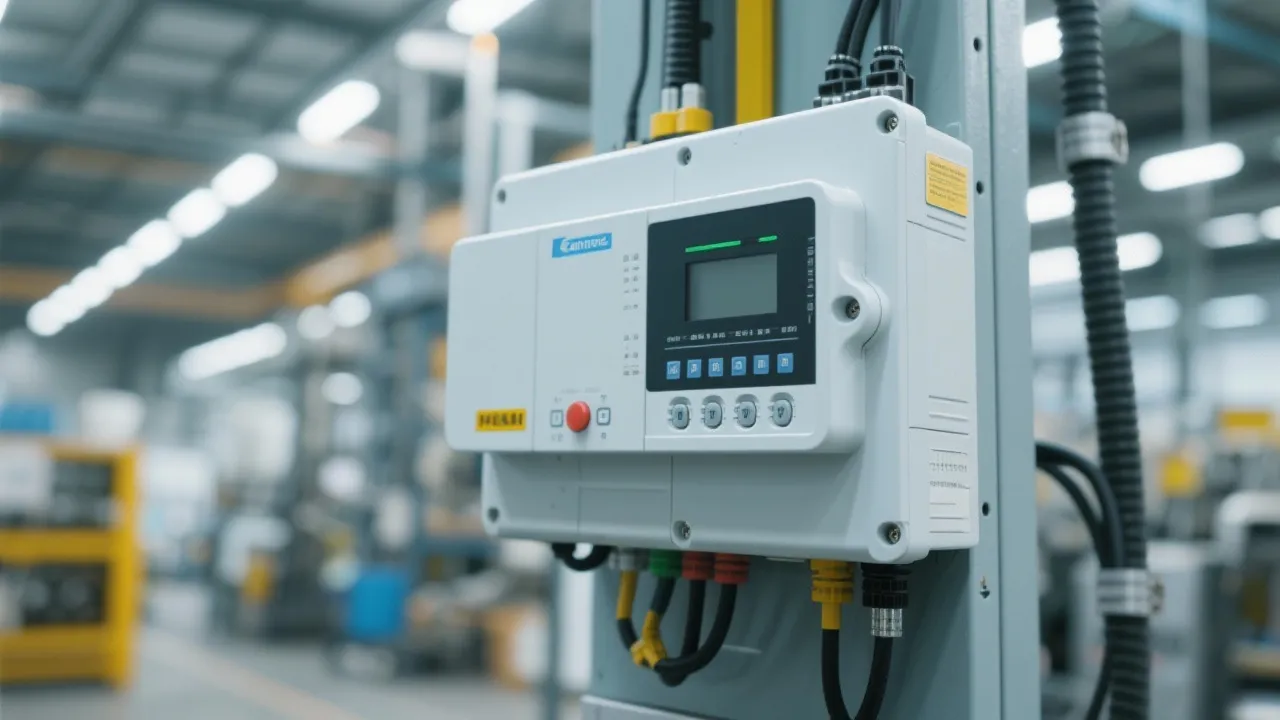Agilent 5977b Gas Chromatograph Insights
The Agilent 5977b is a gas chromatograph-mass spectrometer (GC-MS) renowned for its precision in analytical chemistry. This state-of-the-art instrument is pivotal for analyzing complex volatile substances in various industries, including pharmaceuticals and environmental testing. Leveraging advanced technology, it ensures reliable and accurate qualitative and quantitative data.
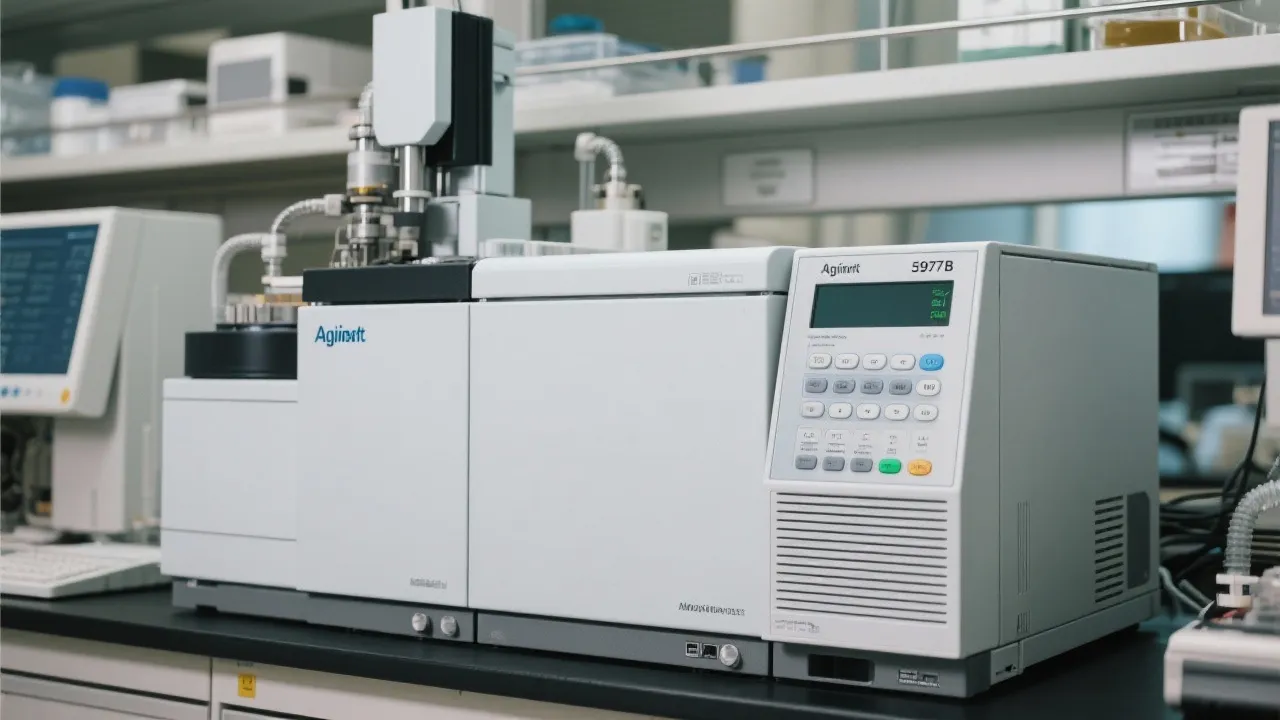
Understanding the Agilent 5977b GC-MS
The Agilent 5977b gas chromatograph-mass spectrometer (GC-MS) stands as a benchmark in analytical instrumentation, acclaimed for its exceptional precision in the identification and quantification of complex volatile compounds. Its significance is pronounced across a multitude of industries, ranging from pharmaceuticals and environmental sciences to food safety and petrochemicals. Esteemed for its advanced technology, the Agilent 5977b continues to drive innovation within laboratory settings worldwide.
This instrument emerges from a lineage of reliable GC-MS systems, where science and technology intersect to simplify analytical processes. The design of the 5977b emphasizes not only performance but also user experience, ensuring that even those relatively new to the field can operate it efficiently. By combining a sophisticated user interface with the latest technological advancements in mass spectrometry, the Agilent 5977b promises ease of use along with comprehensive analytical power.
Key Features of the Agilent 5977b
The Agilent 5977b integrates several pioneering features that enhance its performance, accuracy, and user experience. Its EI (Electron Ionization) source delivers consistent ionization, essential for the accurate assessment of sample composites. The Quadrupole Mass Filter in the 5977b facilitates precise mass separation, ensuring that even the tiniest molecular differences can be detected and analyzed. These attributes collectively enable a comprehensive suite of analytical capabilities.
Another standout feature is the instrument’s enhanced detection limits, which allow for the identification of compounds at incredibly low concentrations. Additionally, the integration of advanced software provides seamless data processing and result generation, reducing the time from analysis to reporting. The capability to perform both qualitative and quantitative analysis in a single run streamlines workflow, making the 5977b an invaluable asset in high-throughput laboratories.
Furthermore, the 5977b is designed with a focus on minimal environmental impact and energy consumption. Its eco-friendly features include power-saving modes and well-optimized components that lead to decreased energy usage without sacrificing performance. This dedication to sustainability reflects Agilent's broader commitment to responsible manufacturing practices.
Applications in Various Industries
The versatile nature of the Agilent 5977b allows it to cater to diverse analytical needs across a multitude of fields. Within the pharmaceutical industry, it plays a pivotal role in drug testing and quality control, ensuring safety and efficacy. The ability to trace impurities and verify compounds aligns with stringent regulatory standards, making it a fundamental tool in drug development and manufacturing processes.
Environmental laboratories leverage the 5977b's capabilities to monitor pollutants and contaminants, conducting essential analyses such as VOC (Volatile Organic Compounds) detection in air samples, polycyclic aromatic hydrocarbons (PAHs) in soil, and pesticide residues in water sources. This application is crucial for maintaining compliance with environmental regulations and protecting public health.
In the realm of food safety, the 5977b's precision aids in identifying residues of pesticides, heavy metals, and allergens, facilitating comprehensive testing that ensures compliance with health standards. Its application extends to the analysis of essential oils, flavor compounds, and food additives, making it indispensable in food quality assurance and research.
The petrochemical industry also benefits significantly from the Agilent 5977b. It aids in characterizing fuel samples, monitoring for contaminants, and assessing the quality of various petroleum products. Its ability to analyze complex mixtures makes it crucial for refining processes and product development.
Moreover, the use of the 5977b in forensic laboratories cannot be overlooked. In forensic toxicology, it provides detailed profiles of substances present in biological samples, assisting in investigations and legal proceedings. Its reliability and precision become instrumental in achieving conclusive results that can support criminal justice efforts.
Expert Insights on Usage and Maintenance
Industry experts affirm that the regular calibration and maintenance of the Agilent 5977b enhance its longevity and reliability. Routine checks and adherence to manufacturer guidelines ensure that the instrument operates at optimum levels, reducing the likelihood of unforeseen downtimes. Calibration not only ensures accuracy but also maintains the integrity of the results, particularly in critical applications such as pharmaceuticals and environmental monitoring.
Moreover, experts recommend user training to maximize the efficacy of the machine, thereby ensuring that the lab personnel are well-versed in handling the intricacies of the device for consistent results. Comprehensive training programs offered by Agilent include tutorials covering basic operations, advanced techniques, and troubleshooting procedures. This knowledge enhances user confidence and competence in utilizing the GC-MS system to its fullest potential.
Maintenance Best Practices
In order to guarantee the instrument's optimal performance, implementing regular maintenance practices is essential. These practices include:
- Routine Cleaning: Cleaning the ion source and ensuring that the injector and detectors are free from contamination play a critical role in maintaining the instrument’s sensitivity and accuracy. Following the manufacturer’s recommended cleaning intervals is advisable to prevent buildup that could affect performance.
- Scheduled Servicing: Engaging Agilent technicians for routine servicing and inspections can uncover potential issues before they arise, ensuring consistent operation without interruption.
- Regular Software Updates: Keeping the instrument’s software updated with the latest versions ensures access to improved features and security enhancements. This practice also helps in the integration of new analytical techniques and troubleshooting tools.
- Data Backup and Management: Regularly backing up all analytical data ensures that important results are not lost and allows for easy recall in future analyses or audits.
Comparison with Other Models
| Feature | Agilent 5977b | Competitor Model X |
|---|---|---|
| Ion Source | Electron Ionization | Dual Ionization Modes |
| Mass Range | 1.6 – 1050 amu | 2 – 1000 amu |
| Sensitivity | Low fg levels | Low pg levels |
| Price | Contact Supplier for Quote | Estimated $150,000 |
The comparison highlighting the unique features of the Agilent 5977b against competitors demonstrates its superior sensitivity and wider mass range. This advantage positions the 5977b as a preferred choice for laboratories that require rigorous analytical capabilities. Many users appreciate its ease of use, streamlined analysis process, and unparalleled data interpretation capabilities, which surpass those of several competing models currently available in the market.
FAQs
- Q: What makes the Agilent 5977b stand out in its class?
A: Its precision, reliable EI source, low detection limits, and high sensitivity distinguish it within the GC-MS market, enabling sophisticated analyses that meet stringent industry needs.
- Q: How often should the instrument be calibrated?
A: Calibration should be performed regularly as per the manufacturer's recommendations, or depending on the usage frequency and application requirements, which generally translate to monthly, quarterly, or annually.
- Q: Is the Agilent 5977b suitable for small labs?
A: While robust and feature-rich, its adaptability makes it suitable for both large-scale and smaller lab operations, with compact configurations available to fit limited workspace.
- Q: What kind of maintenance is required?
A: Routine cleaning, scheduled servicing by Agilent technicians, and regular checks of performance parameters to ensure optimal operations and result reliability.
- Q: What types of samples can be analyzed with the Agilent 5977b?
A: The GC-MS can analyze a diverse range of samples, including volatile organic compounds, semi-volatile compounds, environmental pollutants, food additives, herbal extracts, and pharmaceutical chemicals.
- Q: How does the software facilitate data analysis?
A: The Agilent 5977b is equipped with advanced software that enables automated data acquisition, processing, and reporting, simplifying complex analyses and enhancing user productivity.
The Agilent 5977b GC-MS remains a cornerstone of analytical precision and reliability. For industry professionals, investing in this instrument not only signifies access to cutting-edge technology but also ensures adherence to rigorous standards of analysis. Its broad application spectrum coupled with a user-friendly interface makes it a must-have for laboratories aiming to enhance their analytical capabilities in volatile compound evaluation.
Future Directions in GC-MS Technology
As the field of analytical chemistry continues to evolve, so too does the technology behind Gas Chromatography-Mass Spectrometry. Innovations are consistently emerging, driven by the demand for improved sensitivity, accuracy, and speed in analyses. The future of GC-MS technology looks promising, as manufacturers strive to incorporate artificial intelligence and machine learning into their systems to automate routine tasks and enhance analytical capabilities.
One anticipated advancement involves the integration of more sophisticated chromatographic techniques, such as comprehensive two-dimensional gas chromatography (GC×GC), which promises to bring unmatched resolution and sensitivity to complex mixture analyses. The combination of GC×GC with mass spectrometry could revolutionize how researchers analyze samples that contain trace levels of compounds in complex backgrounds.
Moreover, miniaturized components and advancements in materials science may lead to more portable and user-friendly systems that can be deployed in the field, rather than only in laboratory settings. This portability can be crucial for real-time environmental monitoring, on-site food safety inspections, and immediate forensic analysis.
Another area of progress centers around the accessibility of GC-MS technology. With increasing demand across various industries, efforts are being made to enhance the affordability of high-end instruments, along with providing better training and resources for new users. This trend fosters a more inclusive environment for upcoming scientists and researchers, ensuring that future innovations in analytical chemistry are well-nurtured.
In summary, the Agilent 5977b GC-MS serves as a reliable and essential tool in today’s analytical laboratories. As technology advances, it will undoubtedly continue to meet the growing needs of diverse industries, providing seamless, accurate, and reliable data crucial for decision-making across the board.





